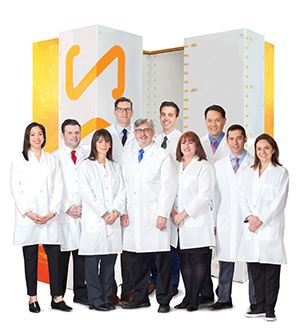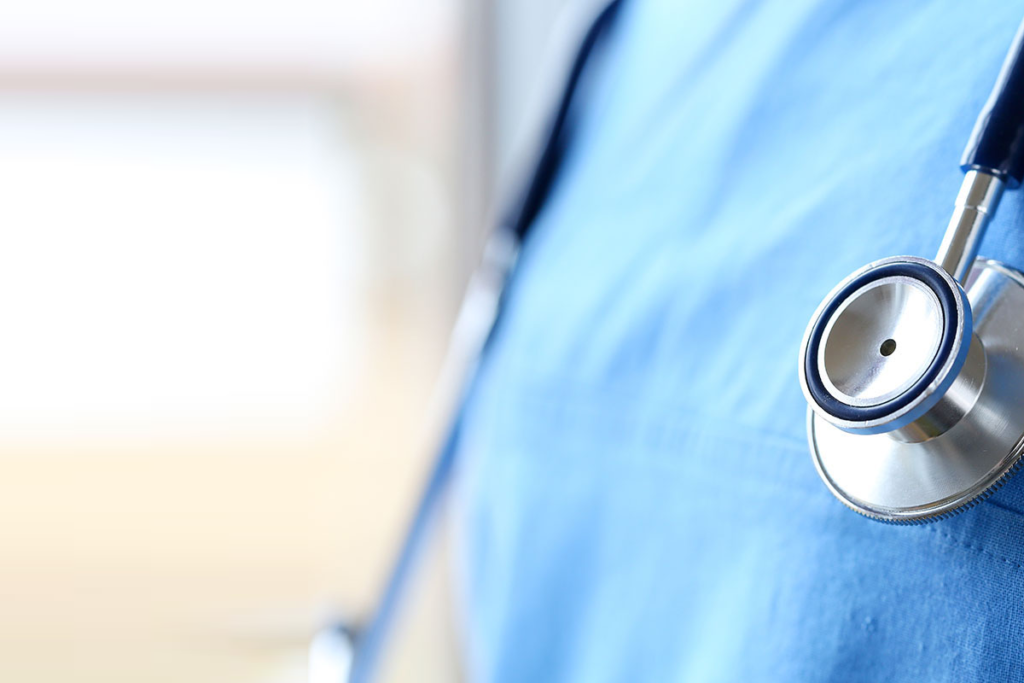When we see patients in our offices in Cedar Knolls, many parents express concern about exposing their child or teenager to radiation during an X-ray or CT scan to identify and diagnose their condition. We are physicians, but we are also parents, so we fully appreciate their concern.
In 2007, our practice began offering EOS X-ray technology, an innovative imaging solution that significantly reduces the patient’s exposure to radiation. In fact, we are the only pediatric orthopedic practice in northern New Jersey to offer the EOS imaging technology. Using only about one-third of the radiation of traditional X-rays, EOS imaging is a low-dose x-ray, 2D/3D imaging technology that provides a detailed x-ray image of bones with more accurate information than traditional x-rays. This gives—us the ability to provide even more precise treatments than can be provided by standard x-ray.
Benefits of EOS technology
EOS technology also affords convenience, efficiency, and comfort by simultaneously capturing high-quality full-body, frontal and side images of a patient’s skeletal system, regardless of whether the patient is standing or seated. This provides our team with a very clear view of their musculoskeletal condition, allowing us to diagnose, make informed clinical decisions, and develop personalized treatment plans for our pediatric patients.
By capturing a patient’s true anatomical structures in terms of size, length and angles, our orthopedists can create a truly personalized, conservative treatment plan, which may include corrective surgery to address the patient’s condition or injury. If surgery is needed, presurgical planning and post-surgical assessment are more precise thanks to EOS’ multi-dimensional imaging.
How EOS imaging is used in our practice
EOS scan imaging is especially helpful in the evaluation of the following medical conditions which commonly occur among younger patients:

- Scoliosis
- Hip dysplasia and other hip conditions
- Lower extremity deformities
- Kyphosis
During the EOS exam, the child or teenager stands or sits upright inside a special scanning cabin to allow two narrow X-ray beams – one vertical, one horizontal – to scan their entire body to create the 2D and 3D images of their spine and joints. Whereas in traditional X-ray imaging, a patient may need to change positions to capture multiple views of their skeleton from different angles, EOS allows us to capture full-body images in seconds without asking the patient to change positions. In those cases where a full-body image is not necessary, we can set the EOS system to scan only the specific area that requires attention.
Because of EOS’ low-dose radiation and its ability to quickly capture 2D and 3D images, this technology is especially important for children and teens who require frequent imaging to monitor their progress when treating chronic musculoskeletal conditions such as scoliosis. This precludes the need for exposure to multiple, much higher doses of radiation.
If you are interested in learning more about how EOS technology can deliver safer diagnostics and more precise treatment plans, contact us.




